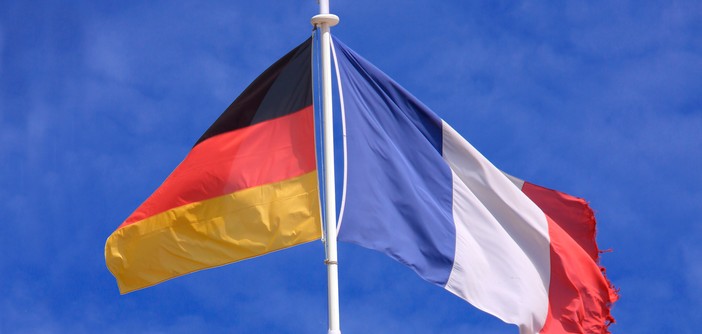Regarding immigration, each of the two countries has a very different history.
If there is a population of immigrants today, it is because in the 1950s, Germany did not have a sufficient workforce to develop its economy. And it was the right-wing German minister, not the Church nor the well-meaning union members, who called Turkish, Serbian, and Yugoslav workers to Germany.
Just as there was Polish Catholic, Italian, Spanish, Portuguese immigration to France, then from the Maghreb, especially from Algeria since the end of the “War” decided by de Gaulle in 1962.
The essential differences stem from birth rates, the number of seniors, and also differences in mentalities. The inversion of demographic weights seems inevitable, accompanied by a divergence in the average age of the population. Germany is significantly older than France. By 2060, those over 65 will make up almost a third of the population in Germany, compared to just under 27% in France.
According to demographic projections retained by the European Commission, Germany should lose more than 15 million inhabitants by 2060, while France should gain just under 9 million. Around 2045, the two countries should have identical populations (a little less than 73 million inhabitants), and by 2060, France would have about 7 million more inhabitants than Germany (73 million compared to 66).
But if you consider the differences in immigration between France and Germany, the result is entirely different. While about 260,000 immigrants enter France each year, in Germany it’s 465,000. That’s 205,000 more each year.
Germany is attracting more and more migrants. Much more than France or the UK. This is one of the findings from the report by the Organization for Economic Cooperation and Development (OECD) on international migration outlook.
This appeal, which has been constant for four years, makes Germany the second country for immigrants after the United States. France, where the OECD only has data from 2012, has also experienced an increase in immigration. Yet, with 258,900 entries, it remains far behind its German neighbor, which recorded nearly 400,000 entries the same year.
This latter figure is expected to even rise to over 465,000 in 2013, according to OECD estimates. Last year, the UK reportedly registered 291,000 entries.
France has slightly increased in 2012, following a trend observed for several years. Due to the major crisis and the eurozone difficulties, the OECD notes that labor migration has continuously decreased since the economic slowdown, dropping by 12% in 2012.
Germany, to compensate for its low birth rate, has long chosen to develop a massive reliance on European immigration, initially with citizens from Eastern countries closer to its culture, and then with Turks regarded as more “integrable and hard-working.”
And yet, the economic situation in Germany is much better than ours, with an unemployment rate of less than 5% compared to our more than 10%, a growth rate of 1.4%, France; 0.4%, deficit; Zero, France 85.6 billion.


